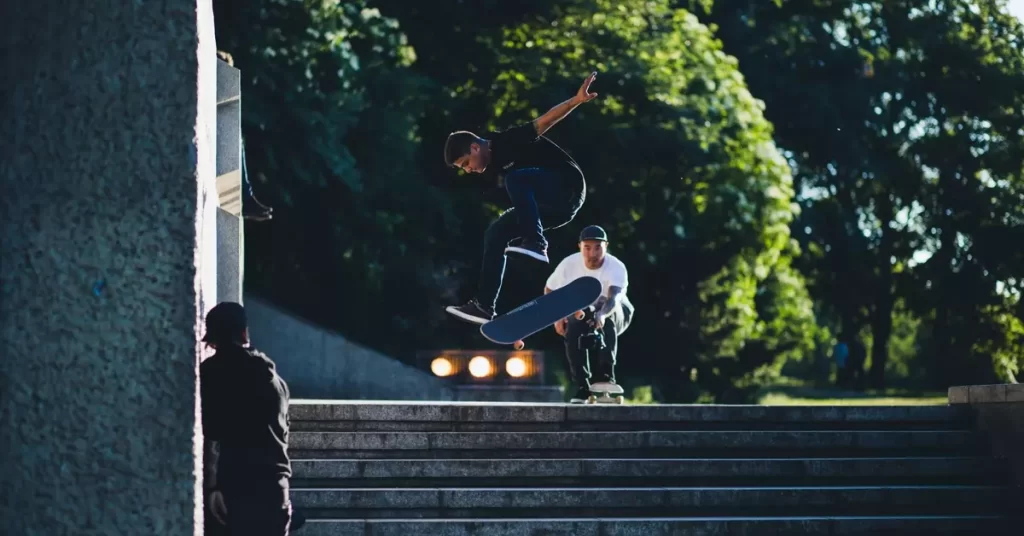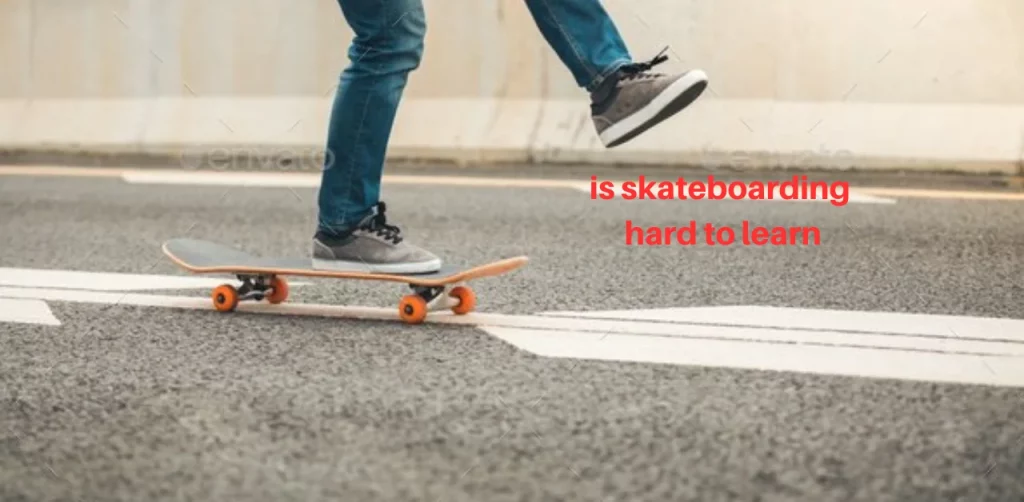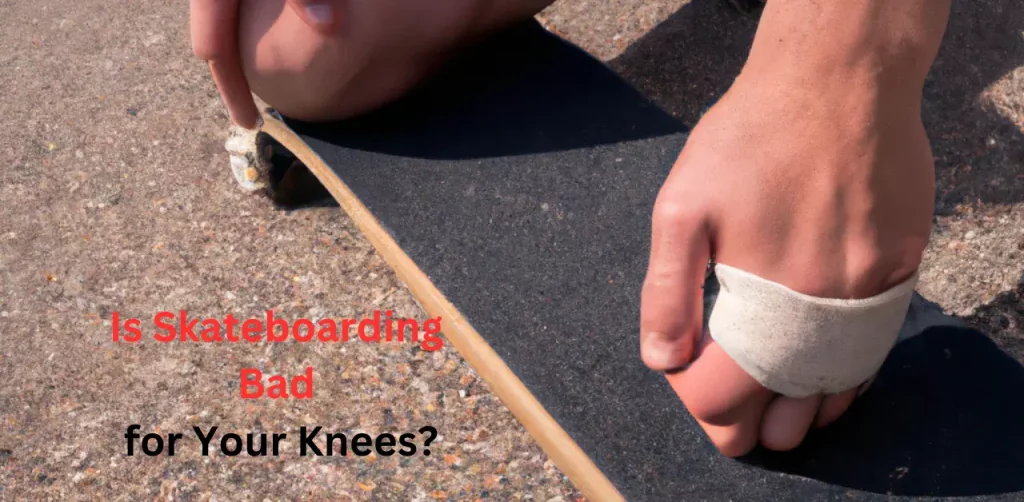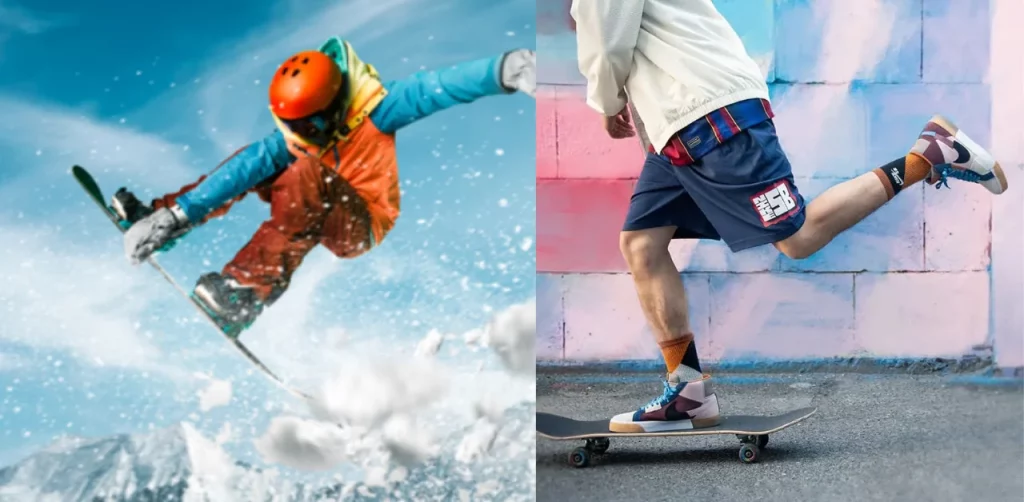To become a skateboard photographer, it’s crucial to have a solid understanding of the sport itself. Spend time at local skate parks and immerse yourself in the culture. Observe how skaters move, the tricks they perform, and the angles that best capture their actions. This will help you anticipate moments and create compelling shots.
Investing in quality equipment is essential for capturing crisp and dynamic images. A fast camera with a high shutter speed can freeze motion while still maintaining sharpness. Wide-angle lenses allow you to capture the full scene while telephoto lenses let you zoom in on specific details or tricks. Bear in mind that skateboarding is an action-packed sport, so having durable equipment is vital.
Networking with skaters and other skateboard photographers can provide valuable opportunities for growth as well. Attend skateboarding events, introduce yourself to athletes, and share your work on social media platforms frequented by this community. Collaborating with skaters or local magazines can lead to exposure and connections within the industry.
Becoming a successful skateboard photographer requires dedication and passion for both photography and skating culture. By educating yourself about the sport, investing in proper equipment, and networking within the community, you’ll be well on your way to capturing awe-inspiring images of skateboarders in action.
How to become a skateboard photographer?
Becoming a skateboard photographer involves a blend of passion for skateboarding, understanding photography techniques, and networking within the skateboarding community. Here’s a concise step-by-step guide:
Gear Up
Invest in a decent camera, a good lens (preferably a wide-angle lens), and a flash. You don’t need the most expensive gear, but quality equipment can make a difference.
Learn Photography
If you still need to become familiar, learn the basics of photography – exposure, composition, shutter speed, ISO, and aperture. Understand how to capture motion and freeze action shots.
Skateboarding Knowledge
Familiarize yourself with skateboarding tricks and culture. Knowing when a trick starts and ends helps in capturing the right moment.
Start Shooting
Go to local skate parks or street spots and start taking photos. Practice is key.
Build a Portfolio
Create a portfolio of your best shots. This can be a physical book, a personal website, or even a dedicated Instagram account.
Network
Attend skateboarding events, competitions, and meet-ups. Connect with skateboarders, other photographers, and skate brands. Offer to shoot for free initially to build your reputation.
Stay Updated
Skateboarding styles and photography trends evolve. Stay updated with the latest techniques and Equipment.
Respect
Always ask skateboarders for permission before shooting. Respect their space and their tricks.
Submit Your Work
As you build your portfolio, submit your work to skateboarding magazines, websites, or brands for potential freelance opportunities.
Continuous Learning
Photography and skateboarding both have nuances that you can always learn more about. Always seek to improve.
As you continue, remember that passion and persistence are key. Celebrate your unique perspective, and aim to tell a story with each shot. Over time, with dedication and networking, you can make a name for yourself in the skateboard photography scene.
What Equipment is Necessary for Skateboard Photography
Skateboard photography often demands capturing fast-moving subjects, wide scenes, and sometimes shooting in challenging lighting conditions. Here’s a list of Equipment that’s beneficial for skateboard photography:
Camera
A DSLR or mirrorless camera with a fast autofocus system is preferred. It should also have a decent burst mode to capture sequences.
Lenses
Wide-angle lens (e.g., 14-24mm or 16-35mm): Captures the environment and gives a sense of space.
Fisheye lens: Provides a unique, distorted perspective popular in skateboarding shots.
Standard zoom lens (e.g., 24-70mm): Versatile for various scenarios.
A prime lens with a large aperture (e.g., 50mm f/1.8): Useful for low light and achieving shallow depth of field.
External Flash and Triggers
Helps freeze the action, especially in low light or evening shots. Wireless triggers allow off-camera flash positioning for dynamic lighting.
Tripod
Helpful in stabilizing shots, especially in low light or when using slower shutter speeds for motion blur.
Camera Bag
A sturdy bag to carry and protect your gear, especially if you’re moving around skate parks or urban areas.
Lens Cleaning Kit
Skate parks can be dusty, and you’ll want to keep your lenses clean for the most precise shots.
Memory Cards
High-speed memory cards that can handle rapid shot sequences.
Filters
Polarizing filter: This helps reduce reflections and can make the sky pop.
Neutral Density (ND) filter: Allows slower shutter speeds in bright conditions if you aim for motion blur.
Protective Gear
Not for your camera, but for you! If you’re close to the action, it’s possible to get hit by a stray board.
Backup Batteries
Skateboarding photography can be a waiting game. You’ll be out for hours, so backup batteries are essential.
Backup Storage
If you’re shooting for a long time, especially in RAW, you might quickly fill up your memory cards. Having a portable hard drive or extra memory cards can be a lifesaver.
Remember, while having the right Equipment can be beneficial, your skill, creativity, and understanding of skateboarding and photography will genuinely set your work apart. Start with what you have, upgrade as you progress, and identify specific needs.
How to Adjust Camera Setting for Skateboard Photography
Adjusting your camera settings for skateboard photography requires a balance of shutter speed, aperture, ISO, and focus to capture the fast-moving action and detail of the skater and environment. Here’s a concise guide:
Shutter Speed
Firstly, consider using a fast shutter speed to freeze the action and minimize motion blur. Start by setting your camera to Shutter Priority mode (Tv or S) and select a high value such as 1/500 or faster. This will ensure crisp images and capture every detail of those tricks being executed.
For showing motion blur: Use a slower shutter speed, like 1/30s, and pan with the skater.
Aperture
Adjusting your aperture can make a significant difference in your skateboard photos. Shooting with a wide aperture (low f-number) allows you to achieve a shallow depth of field, blurring the background while keeping the subject sharp. This technique helps emphasize the skater and gives more emphasis on their movements.
- To isolate the skateboarder from the background, use a wide aperture (small f-number like f/2.8 or f/4).
- For more depth of field, where both the skater and the background are in focus, use a narrower aperture (larger f-number like f/8 or f/11).
ISO
- On bright days, keep the ISO low (e.g., ISO 100 or 200) to reduce noise.
- In low light or evening settings, you might need to increase the ISO (e.g., ISO 800 or 1600) to get a faster shutter speed.
Focus
- Use Continuous Autofocus (AF-C or AI Servo, depending on the camera brand) to keep moving subjects in focus.
- Consider using a single focus point and positioning it where the action will be, ensuring sharpness on the subject. Burst Mode
- Enable burst or continuous shooting mode. This will allow you to take multiple shots in rapid succession, increasing the chance of capturing the perfect moment.
Lens Choice
- Wide-angle lenses (e.g., 14mm, 24mm) are great for getting close to the action and capturing the environment.
- Fisheye lenses can create a unique, distorted perspective popular in skateboarding photography.
- Telephoto lenses can be useful for capturing action from a distance.
Post-processing
- Adjust contrast, sharpness, and clarity to make the skateboarder stand out.
- Consider using color grading to give your images a unique look or to emphasize the gritty, urban environment of many skate spots.
Lastly, always ensure your safety and that of the skateboarders. Stay aware of your surroundings and communicate with skaters about where you’ll be standing or moving.
Conclusion
Becoming a skateboard photographer is no easy task, but with the right mindset and dedication, you can capture unforgettable moments in this fast-paced sport. Remember these key points as you embark on your journey:
1. Find a good spot: Scout for locations with unique angles and exciting elements to enhance your photos.
2. Get the right gear: Invest in equipment that can handle the action-packed nature of skateboarding photography, such as a DSLR camera with a fast burst mode and wide-angle lens.
3. Be patient: Skateboarding tricks may take time to perfect, so be prepared to wait for that perfect shot.
4. Shoot in RAW: This file format gives you maximum flexibility in post-processing and ensures high-quality images.
5. Use a fast shutter speed: Freeze the action by using a higher shutter speed to capture crisp details during those split-second moments.
6. Understand the angles: Experiment with different perspectives – get low to showcase power or shoot from above for an aerial view -to add depth and visual interest to your photographs.
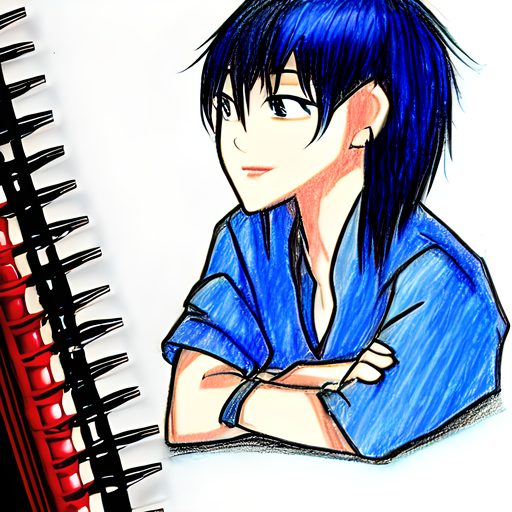
“Welcome to our website, Here You’ll find a wealth of information on finding the right skating gear that will last for years to come, as well as tips and tricks to help you improve your skills. Whether you’re a beginner or an experienced skater, you’ll find something of value here.”
